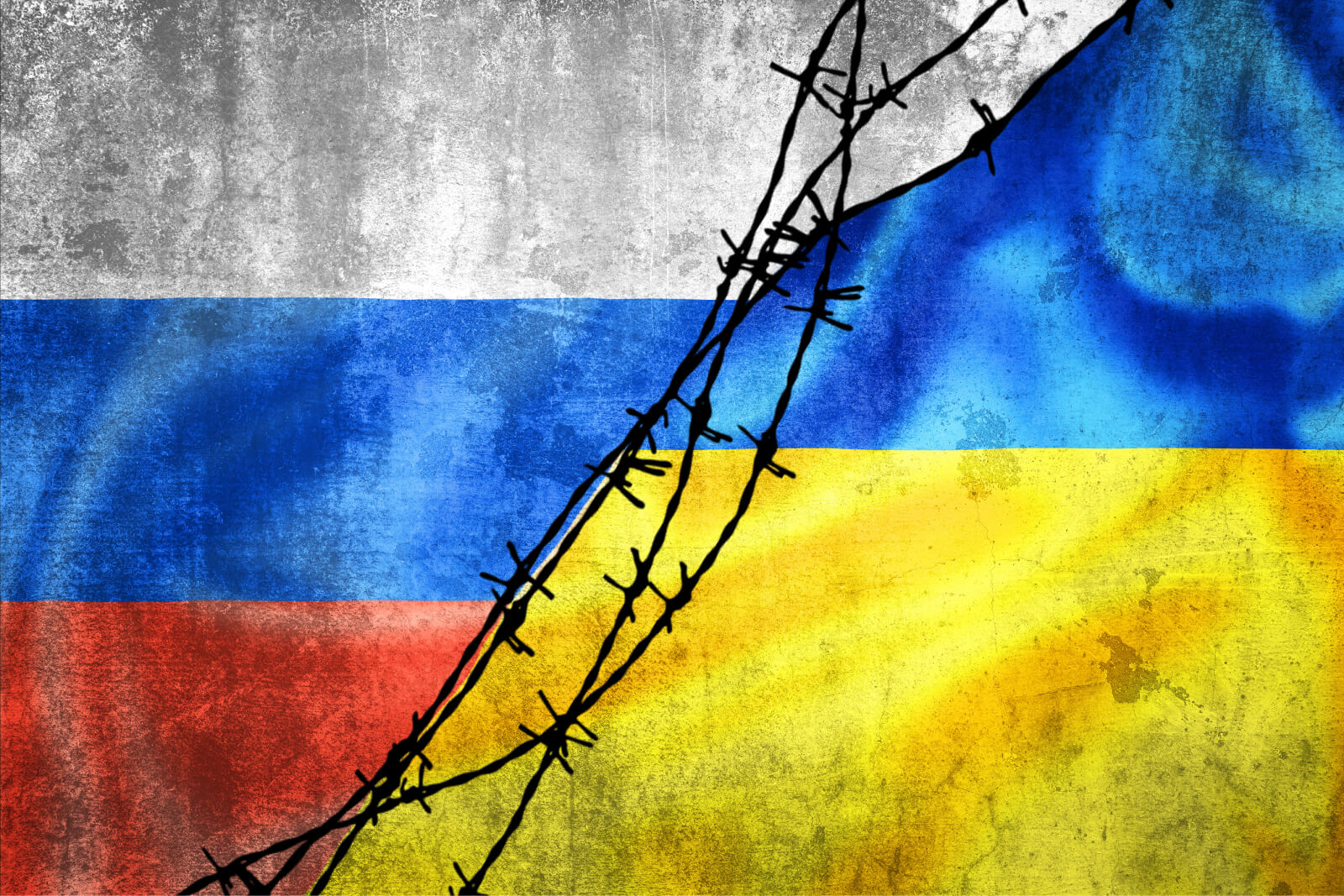
The world watched in horror as Russian troops invaded Ukraine, with many fearing for the safety of friends, family and colleagues. As we worry and mourn for the toll on people’s lives, we’re also left wondering how these events might shape our day-to-day – both in the near term and for months to come.
Amidst the uncertainty, those of us in the supply chain industry are bracing for all probable scenarios and mapping alternative ways to keep the goods moving around the world. The shippers, third-party logistics providers (3PLs) and freight forwarders I’ve spoken with are in crisis mode. Their first priority is personnel safety. Next is trying to identify potential bottlenecks.
After two years of continual disruptions, supply chains are in a frail state. A further reduction in capacity — containers, ships, transit lanes — could have meaningful ripple effects for the global economy, including US consumers.
Here are the leading indicators we’re watching as the situation continues to unfold:
As trans.info reported last year, rail shipments from China to Europe have become an important part of supply chains.
“In the first half of 2021 — compared to the same period of 2017 — the average train load increased by almost 60% (from 86 TEUs per train to 115). The number of sets dispatched is also higher. In the first six months, 2,755 trains were dispatched on Eurasian routes. This is 44% more than [2020] and 99% more than in 2019. The average number of trains dispatched per day has also increased, from 10.6 in 2020 to 15.3 in 2021.”
If passage through Russia becomes significantly slower or impossible, then an increasing number of shipments will be rerouted to ocean carriers. In which case, capacity — shipping containers and ships — will be stretched even further than it already is and exacerbate existing delays globally, including at US ports.
Already, ocean freight rates are increasing 3 to 4X. Two years ago, container rates for shipments from Shanghai to Rotterdam were less than $2,000. In recent weeks, drury freight indexes showed spot container rates climbing to $13,000 for the same route. Shortly after the invasion, some freight forwarders showed rates at $54,000 for a single container. Prices will continue to be volatile. In turn, shippers will shift some shipments to air with similar price increases and volatility to follow.
As shipments slow and costs rise, US consumers will continue to notice empty shelves and high prices.
Sanctions and border controls will increase the need for paperwork, approvals and create significant delays for suppliers. In addition, as the borders change and sanctions are put in place, alternative routes will need to be created. These delays are likely to cascade to the greater region and will add to kilometers driven, fuel costs and driver wait times. A conservative estimate would see delays increasing by 4 to 6X.
If a full invasion and Russian takeover of Ukraine occurs, the long-term concern is that the borders to ship between Russia and Europe will drastically change. Today, the primary border for freight traffic is Poland and Belarus. A worst-case geographical border scenario now puts Russia bordering Slovakia, Hungary, Romania, and Moldova. This is meaningful due to the permits Russia institutes every year for non-Russian drivers to deliver freight in and out of the country.
According to The Loadstar, truckers are warning that they will become “ever-more selective” in the jobs they pick amid fuel price uncertainty.
Each year, Russia exports more than $200 billion of petroleum products. As the Financial Times reports, Europe relies on the country for about a quarter of its oil and more than a third of its gas. If disruptions escalate, prices will follow.
“Oil and natural gas prices have become the crisis’ fear barometer,” said Norbert Rücker of wealth management company Julius Baer. “Any disruption of flows between Russia and Europe, due to damage or sanctions, would drastically add to the already present supply scarcity.”
Russia is also a major producer of several metals, including aluminum and copper. Analysts at Gartner predict that the invasion will lead to “severe shortages”. As a result, “prices for those items will likely spike, thanks to both the shortages and behaviors such as irrational buying and protectionism. This will, in turn, impact manufacturing operations up- and downstream as much as raw material mining.”
Not only might this hinder companies’ inbound supply chain, but it could slow efforts to increase production of chassis and containers at a time when demand for critical shipping equipment is simultaneously growing.